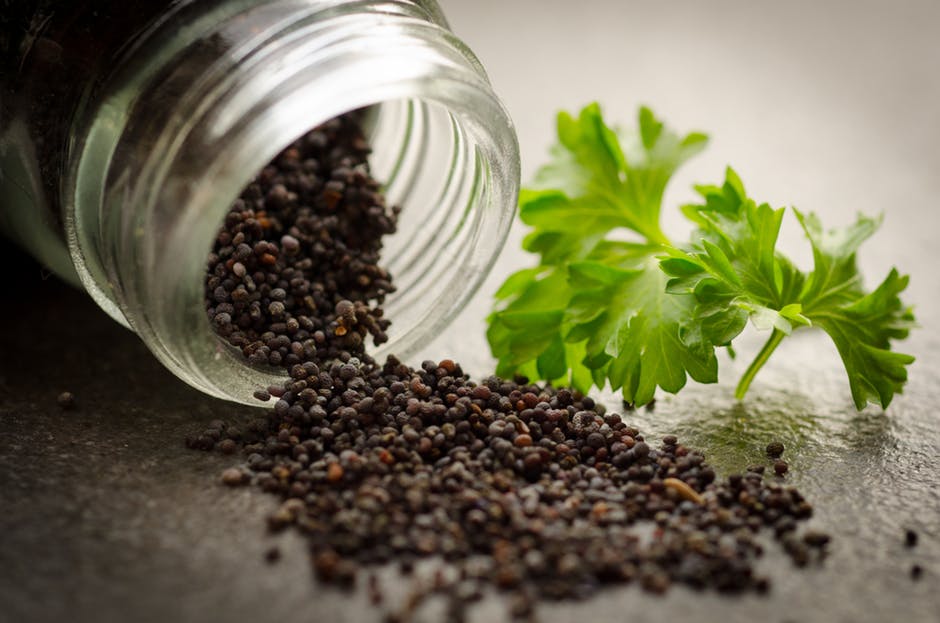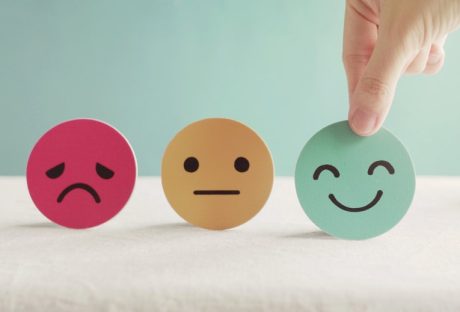Market economy foresees an abundance of products for various human needs. In other words, you can go online or to a retail store and buy what you need. However, such an option is not always relevant. The trend of recent years is to paddle own canoe in miscellaneous tasks including the creation of nutritional supplements.
DIY protein shakes are rather popular among people who want to both gain musculature and reduced fat in the body. Unlike most marketed solutions, homemade drinks provide a guarantee that no artificial components are inside. Besides, users can control the so-called specification of the product namely the nutritional value. Also, read the shakeology review.
If you share that approach, the following selection of the best protein shake recipes is right for you.
Coffee
Whey protein source – (one serving of the chosen powder);
Fat-free milk or freshwater (one or one and a half cup);
Raw almonds/cashews (quarter/half cup);
Instant decaffeinated coffee (one/two tsp);
Ice (handful).
Apple Cinnamon
Whey protein source (preferably vanilla) – (one serving of the chosen powder);
Fat-free milk or freshwater (one or one and a half cup);
Chopped apple (half/one cup);
Cinnamon (one tsp);
Ice (handful).
Chocolate Cherry
Chocolate whey protein source – (one serving of the chosen powder);
Almond milk (one and a half cup);
Fresh/frozen black cherries (half cup);
Ice cubes (up to five pcs).
Pina Colada
Whey protein source (preferably vanilla) – (one serving of the chosen powder);
Fat-free milk or freshwater (one or one and a half cup);
Fresh/frozen pineapple pieces (half/one cup);
Coconut extract (half tsp);
Ice cubes (handful).
Creamy Peach Smoothie
Whey protein source (preferably vanilla) – (one serving of the chosen powder);
Fat-free milk or freshwater (one or one and a half cup);
Fresh/frozen peaches (quarter/half cup);
Fresh/frozen banana (quarter/half).
Tropical Dream
Chocolate whey protein source – (one serving of the chosen powder);
Fresh/frozen pineapple (half/one cup);
Ice cubes (handful).
Almond Peach Delight
Whey protein source (preferably vanilla) – (one serving of the chosen powder);
Fat-free milk or freshwater (one or one and a half cup);
Fresh/frozen peaches (half/one cup);
Almond extract (half tsp);
Cinnamon (half tsp);
Ice cubes (handful).
Blueberry Vanilla Pear
Whey protein source (preferably vanilla) – (one serving of the chosen powder);
Fat-free milk or freshwater (one or one and a half cup);
Fresh/frozen blueberries (quarter/half cup);
Chopped pear (quarter/half cup);
Ice cubes (handful).
Breezy Freezy Shake
Whey protein source (preferably vanilla) – (one serving of the chosen powder);
Fat-free milk or freshwater (one cup);
Reduced-fat mango yogurt (one cup);
Fresh/frozen pineapple (quarter);
One banana
Melon Madness
Whey protein source (preferably vanilla) – (one serving of the chosen powder);
Fat-free milk or freshwater (one or one and a half cup);
Fresh/frozen watermelon (quarter/half);
All of the above are only ingredients. And a recipe stipulates a certain procedure of turning raw materials into a ready-to-drink product. One of the principal benefits of nutritional shakes and their variations like smoothies, rich-in-protein drinks, and others is the simplicity to prepare. You won’t need special kitchen equipment except for the blender. Naturally, one can blend ingredient manually and shed a couple of pounds while doing it but it is better to assign the task to automation.
So, take that device, which is usually accompanied by a container. Put all the ingredients for your future DIY protein shake and push the Start button. The blending time is not limited. You are free to play with the blender as long as you wish. However, watch the thickness of your shake. Adjust the liquid level according to your preferences.
It is not necessary that any of the mentioned recipes will be to your taste. Sometimes, a pinch of a certain spice can turn the flavor upside down and add the missing smack. That is why homemade drinks are so popular. You can create own taste and forget about the necessity to put up with the marketed flavor solutions.
Read More:






















